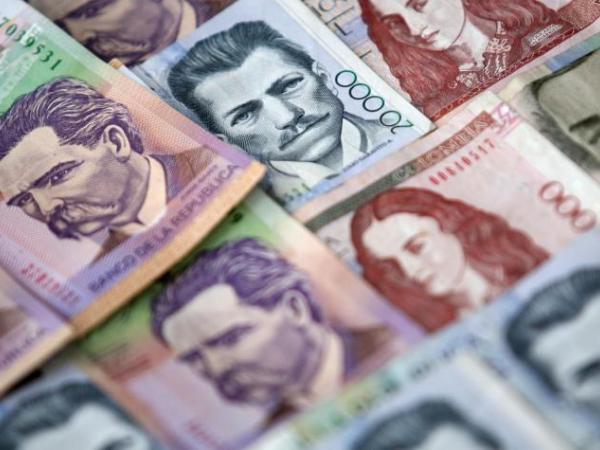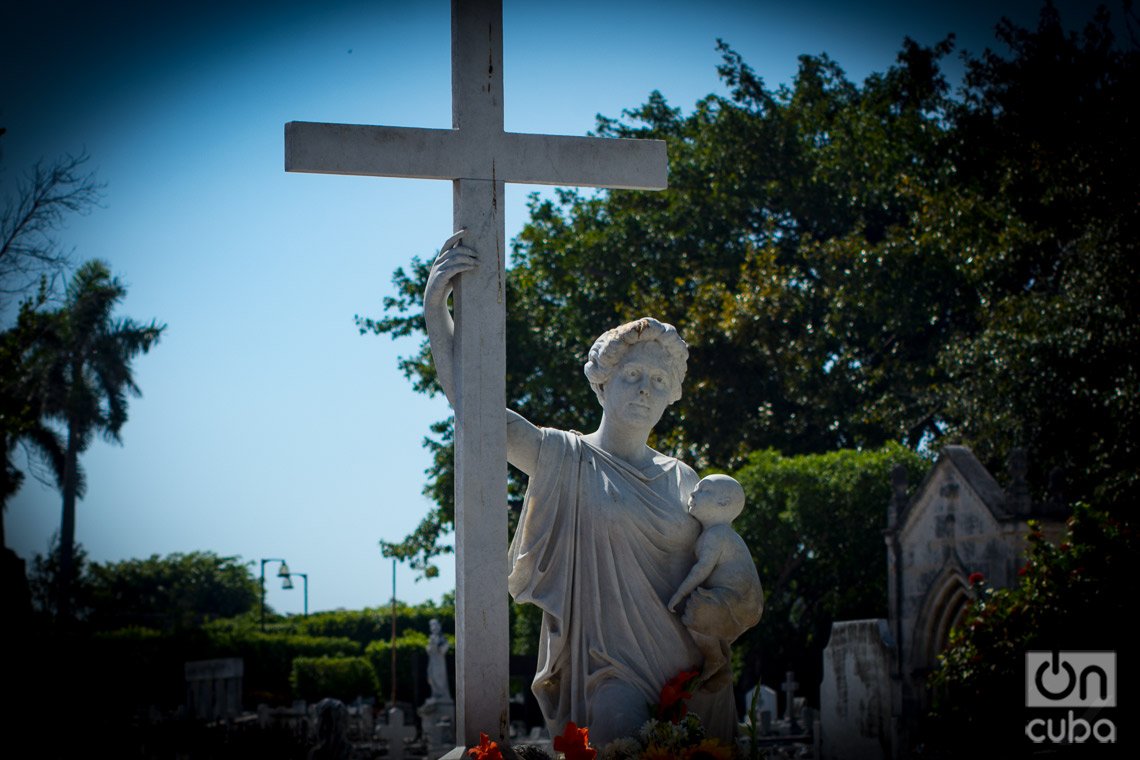Both Pension funds largest in Colombia said they are intensifying the investment in alternative assets such as private equity funds, real estate and infrastructure as lower yields reduce retirement payments.
(Pension funds: what are contributors’ savings invested in).
The Colombian pension system, which manages around $100 billion in assets including mandatory, voluntary and severance contributions, alternative asset holdings increased to 14.8% of total investments in December from around 5% in 2016.
The investments offer countercyclical returns and are a hedge over other holdings, said Miguel Largacha, chief executive of Porvenir SA, which manages 171 billion pesos ($42.5 billion) in assets. That’s important in an industry where returns have fallen to about 4% a year in the past decade from nearly 8% since the private-fund system was created in 1995.
By contrast, alternative investments have gained 12% in dollar terms, according to Largacha. “Those are spectacular returns on infrastructure, private equity or corporate debt funds,” Largacha said in an interview on the sidelines of a pension event in Cartagena.
(Savings in pension funds were devalued in March 2022).
The drive to invest in alternative assets is such that regulators will have to raise investment limits Juan David Correa, president of Protección SA, which manages 144.4 billion pesos, said in another interview. The pension fund association, Asofondos, said last month that the funds would invest an additional 4.5 billion pesos in infrastructure projects. .
Colombia has a mixed pension system where private pension funds compete with a state-sponsored retirement scheme. Discontent with the private system has increased as falling yields reduce pension allowances.
A report by the Organization for Economic Cooperation and Development said that the average pension in the public system represented 73% of previous income, known as the replacement rate, compared to 39% in the individually funded regime and a average of 58% in OECD countries. “We must understand the volatility of the financial markets and what is important now are two fundamental elements: diversification and the long term,” Correa said.
BLOOMBERG








